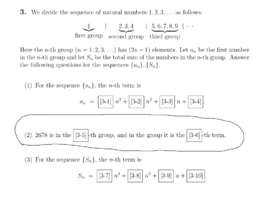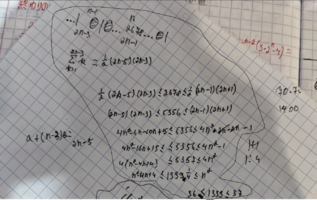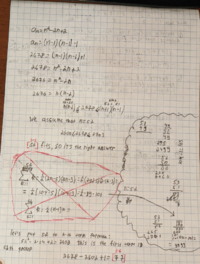
I'm lost, i was sure that i was super close to find the correct answer, even all 4s in Inequality did erase. After that i tried to calcute what's power is 1339, and it was between 36 and 37 and i thought 2678 is in 37th group but that's not the right answer. The right answer for
52
77

Where is my mistake? Sorry for my poor english.

